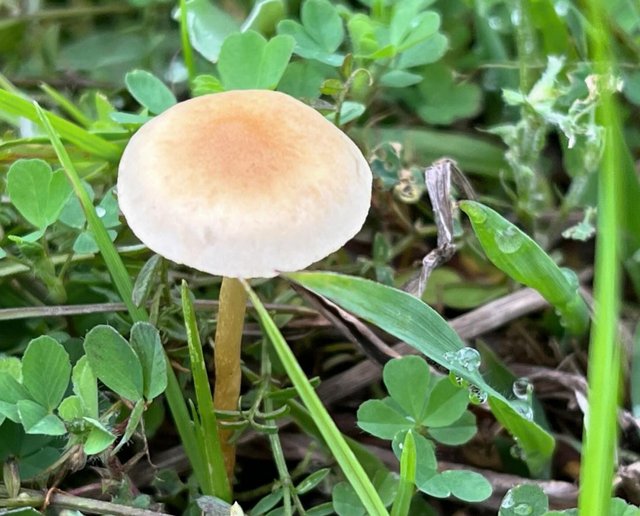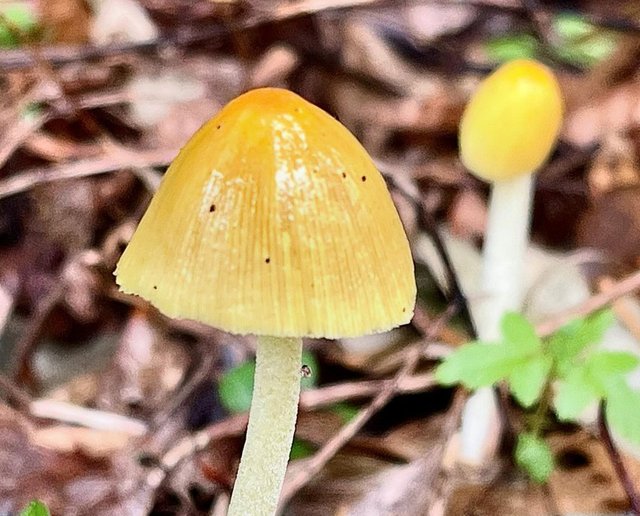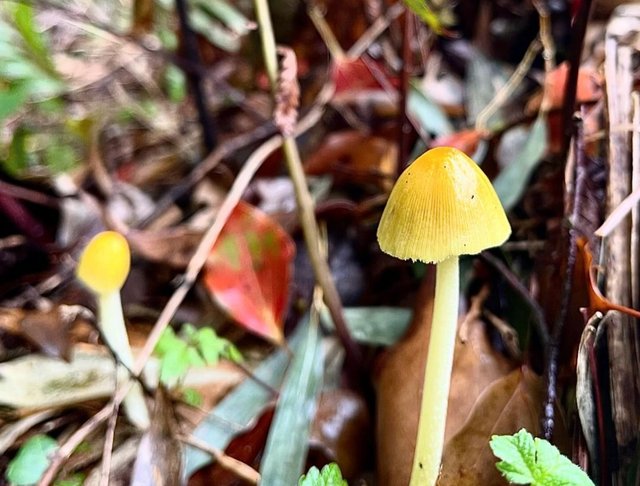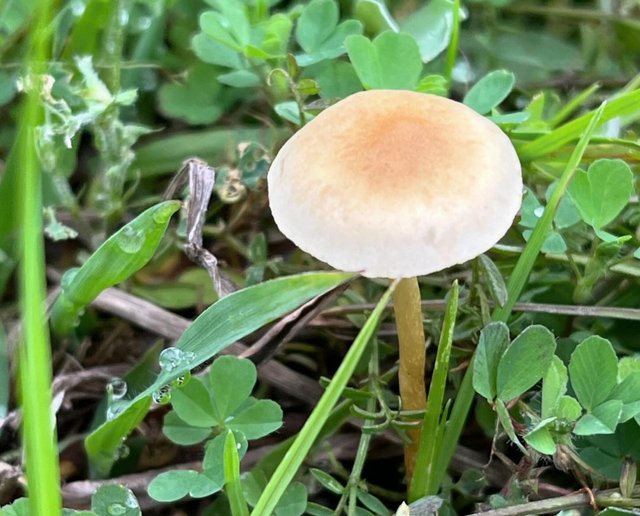Exploring the Fascinating World of Agrocybe: The Unsung Heroes of Fungi Kingdom
In the realm of fungi, there exists a group that often escapes the spotlight yet plays a crucial role in our ecosystems: Agrocybe. These unassuming mushrooms boast a diverse range of species, each with its own unique characteristics and ecological significance.Agrocybe mushrooms belong to the family Strophariaceae and are commonly found in a variety of habitats worldwide. From woodlands and grasslands to urban environments, these adaptable fungi can thrive in diverse conditions. Their ability to decompose organic matter makes them integral components of nutrient cycling in ecosystems.


Identifying Agrocybe mushrooms can be a challenging yet rewarding endeavor. They typically have convex to flat caps with varying colors, ranging from shades of brown to creamy white. The gills are often attached to the stem and can be white, cream, or gray. The spore print is crucial for accurate identification, as it helps distinguish between different species within the genus.


Agrocybe mushrooms play vital roles in ecosystem functioning. As saprophytes, they break down organic matter, such as leaf litter and decaying wood, into nutrients that enrich the soil. This decomposition process is essential for nutrient recycling and soil health. Additionally, Agrocybe species form symbiotic relationships with plant roots, aiding in nutrient uptake and enhancing plant growth.